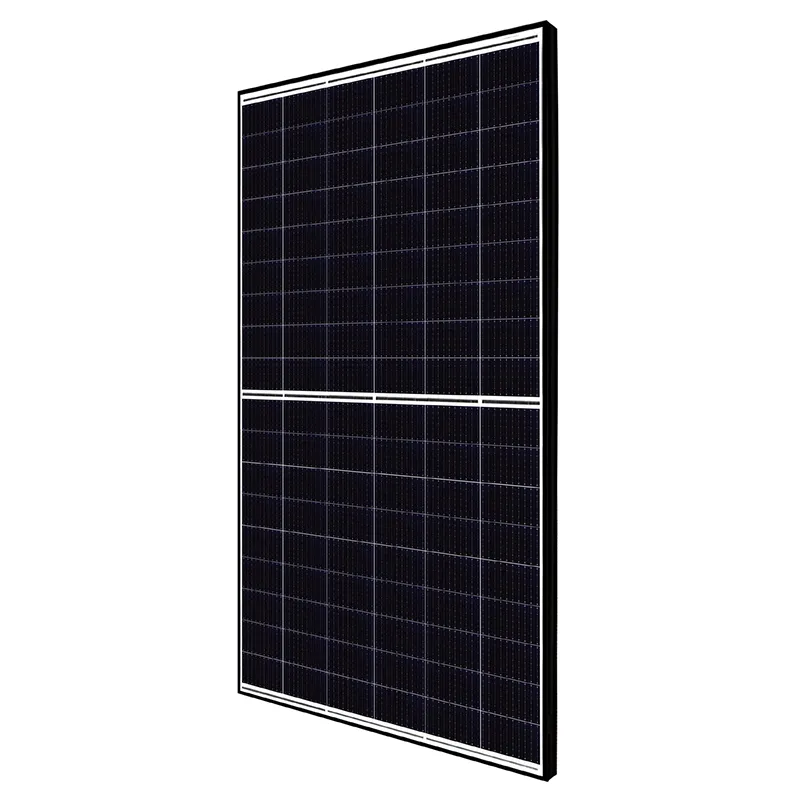Innovative Approaches to Efficient Energy Storage Solutions for Sustainable Power Management
Energy Storage Systems The Backbone of a Sustainable Future
As the world grapples with the urgent need to transition to more sustainable energy sources, energy storage systems (ESS) have emerged as a pivotal component in this transformation. These systems are designed to store energy produced from various sources and release it when needed, thus ensuring a reliable and stable energy supply. With the increasing integration of renewable energy sources such as solar and wind, the role of energy storage becomes critical in addressing the intermittent nature of these power sources.
One of the key benefits of energy storage systems lies in their ability to balance supply and demand. In traditional energy systems, electricity is generated to meet immediate demand. However, renewable sources often produce energy at unpredictable times—solar panels generate power during sunny days, while wind turbines spin when the weather is favorable. Energy storage solutions act as a buffer, storing excess energy when production exceeds demand and releasing it during peak hours when demand surpasses generation. This capability not only enhances grid stability but also reduces the reliance on fossil fuels, contributing to a lower carbon footprint.
There are several types of energy storage technologies available, each with its unique advantages. Battery energy storage systems (BESS), particularly lithium-ion batteries, have gained popularity due to their efficiency, scalability, and declining costs. These batteries are commonly used in residential solar installations as well as large-scale utility projects. Other technologies, such as pumped hydro storage, compressed air energy storage, and thermal energy storage, offer alternative solutions for grid-scale energy management. Depending on the specific requirements, including location, capacity, and economic considerations, different types of storage systems can be employed.
One of the significant challenges faced by energy storage systems is the need for enhanced efficiency and longer lifespan. Research and development are ongoing to improve current technologies, with a focus on increasing energy density, reducing costs, and minimizing environmental impact. Innovations like solid-state batteries and flow batteries are promising alternatives that may address some of these challenges, providing longer-lasting and more efficient storage solutions.
energy storage system

Furthermore, energy storage systems play a crucial role in increasing the resilience of the power grid. Natural disasters and unexpected events can disrupt electricity supply, leading to outages that can affect millions. By integrating ESS into the grid, communities can ensure that backup power is available during emergencies, minimizing disruptions to essential services and enhancing public safety.
In addition to enhancing grid reliability and integrating renewables, energy storage systems are also vital for decentralized energy management. The rise of microgrids—localized grids that can operate independently or in conjunction with the main grid—has opened new avenues for energy management. In these systems, local energy producers, such as homes with solar panels, can store excess energy and utilize it as needed, fostering energy independence and reducing strain on larger grids.
Policy and regulatory frameworks are crucial for the advancement of energy storage technologies. Governments around the world are beginning to recognize the importance of energy storage in achieving energy transition goals. Incentives such as tax credits, grants, and subsidies for energy storage projects can stimulate investment and encourage innovation. Furthermore, supportive regulations can facilitate the integration of storage systems into energy markets, fostering a more flexible and resilient energy landscape.
Looking ahead, the future of energy storage systems appears bright. As technology continues to advance and costs decline, the adoption of energy storage is set to increase significantly. This shift is essential for achieving a sustainable energy future, reducing greenhouse gas emissions, and ensuring a reliable energy supply for generations to come. As stakeholders across the public and private sectors collaborate to overcome technical, economic, and regulatory barriers, energy storage will undoubtedly become the backbone of a cleaner, more efficient, and resilient energy grid.
-
Unlocking Energy Freedom with the Off Grid Solar InverterNewsJun.06,2025
-
Unlock More Solar Power with a High-Efficiency Bifacial Solar PanelNewsJun.06,2025
-
Power Your Future with High-Efficiency Monocrystalline Solar PanelsNewsJun.06,2025
-
Next-Gen Solar Power Starts with Micro Solar InvertersNewsJun.06,2025
-
Harnessing Peak Efficiency with the On Grid Solar InverterNewsJun.06,2025
-
Discover Unmatched Efficiency with the Latest String Solar InverterNewsJun.06,2025







